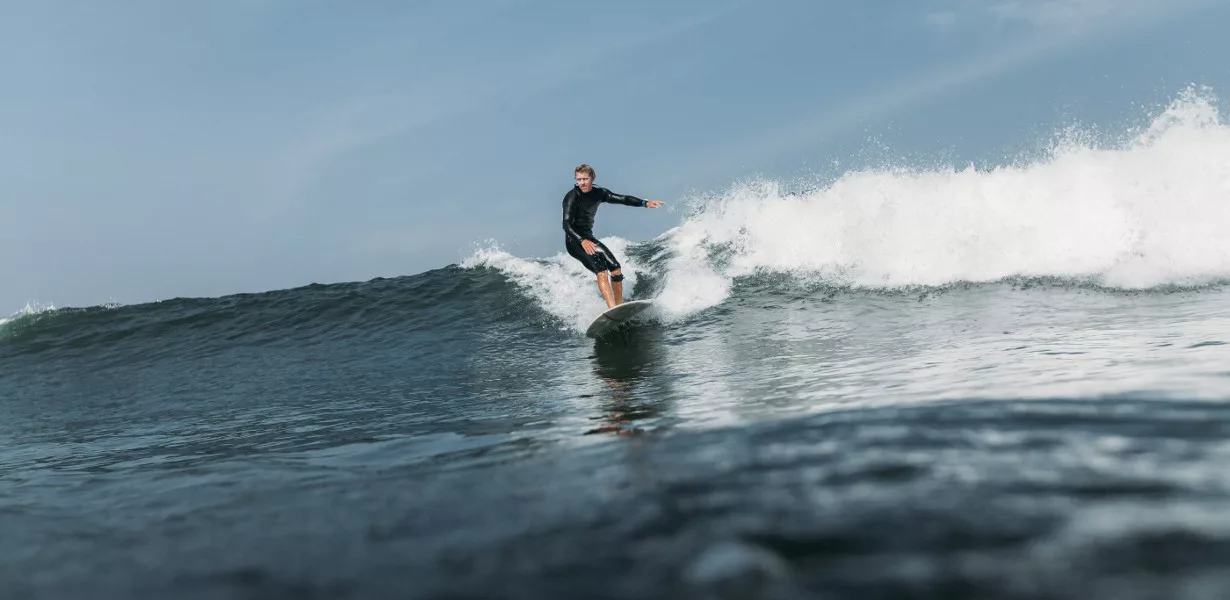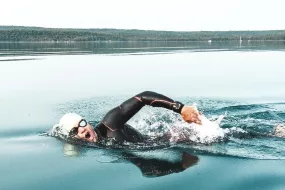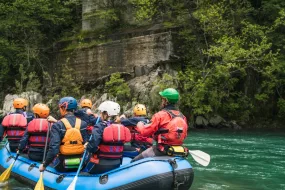
Welcome to the captivating world of surfing, where the rhythmic dance of waves and the pursuit of adrenaline intertwine to create an exhilarating sport like no other. In this comprehensive guide, we invite you to dive into the intricacies of surfing and embark on a journey to conquer the majestic swells. Whether you’re a curious novice or an aspiring surfer, prepare to immerse yourself in the art of riding waves and embracing the ocean’s power.
The Essence of Surfing
Is Surfing a Sport?
Surfing is more than just a sport; it’s a way of life. The blend of athleticism, skill, and deep connection with nature makes surfing a unique and captivating pursuit. It requires physical strength, balance, and agility to navigate the ever-changing contours of waves, harnessing their energy to glide across the ocean’s surface. Surfing is a symphony of movement, combining grace and power in perfect harmony.
The Surfing Experience: Where Sport Meets Adventure
1. The Art of Wave Riding: Surfing is an art form that allows individuals to ride the ocean’s energy in a way that transcends conventional sports. It’s a dynamic experience where surfers harness the power of breaking waves, using their boards to carve graceful lines, perform breathtaking maneuvers, and experience an unparalleled connection with the water.
2. Surf and Sport: Surfing isn’t just a standalone activity; it’s intertwined with various other sports and activities. From paddleboarding and ocean swimming to yoga and strength training, many complementary pursuits can enhance your surfing skills and overall enjoyment of the ocean lifestyle.
Tips for Aspiring Surfers
1. Choose the Right Surfboard: Selecting the appropriate surfboard is crucial for beginners. Opt for a larger, more stable board with a soft foam deck, commonly known as a “soft-top” board. These boards provide better stability and buoyancy, making it easier to catch waves and maintain balance while learning.
2. Master the Pop-Up: The pop-up is the fundamental maneuver used to transition from lying on your board to standing up. Practice this motion on land until it becomes second nature. Remember to maintain a wide stance, keep your weight centered, and use fluid motions to rise to your feet smoothly.
3. Understand Wave Selection: Learning to read waves is a vital skill for every surfer. Study the ocean’s behavior, observe wave patterns, and identify the “peak” of the wave where it begins to break. Position yourself correctly, paddle with purpose, and time your pop-up to maximize your chances of catching and riding the wave successfully.
Frequently Asked Questions (FAQs)
FAQ 1: Is surfing a dangerous sport?
Surfing can carry inherent risks, but with proper precautions and knowledge, it can be a safe and enjoyable activity. It’s essential to understand the ocean’s power, respect local conditions, and always prioritize your safety by wearing a leash, using proper sun protection, and being aware of your limits as a beginner.
FAQ 2: How long does it take to become a proficient surfer?
Becoming a proficient surfer requires dedication, practice, and patience. The learning curve varies for each individual, but with consistent effort and guidance, one can expect to gain proficiency within several months to a year. Remember to enjoy the journey and embrace the learning process along the way.
FAQ 3: Can I learn to surf without any prior experience?
Absolutely! Surfing welcomes beginners from all walks of life. While prior experience in activities like swimming or board sports can be helpful, they are not prerequisites for learning to surf. With the right instruction, equipment, and a positive mindset, anyone can embark on the thrilling adventure of riding waves.
FAQ 4: What are the best surfing destinations?
The world is teeming with exceptional surfing destinations. From the renowned breaks of Hawaii’s North Shore to the pristine waves of Indonesia’s Bali, the options are endless. Other popular surfing locations include California, Australia’s Gold Coast, and the beaches of Costa Rica. Research and explore different regions to discover your ideal surfing destination.
FAQ 5: What type of fitness is required for surfing?
Surfing demands a well-rounded level of fitness. It combines cardiovascular endurance, core strength, upper body power, and flexibility. Engaging in activities such as swimming, yoga, strength training, and cardio exercises like running or cycling can greatly enhance your surfing fitness.
Conclusion
Surfing, with its unique blend of athleticism, connection with nature, and sheer thrill, offers a gateway to a world of adventure and personal growth. As you embark on your surfing journey, remember to respect the ocean, seek proper guidance, and cherish every wave you ride. Allow the rhythmic dance of the waves to guide you, and let the vast expanse of the ocean become your playground. Embrace the beauty of surfing, immerse yourself in its culture, and savor the lifelong memories it will create.
Advertisement









